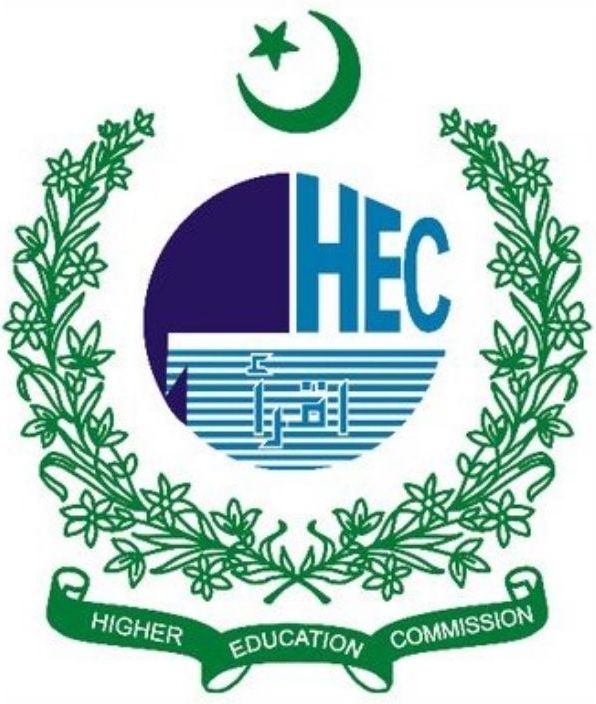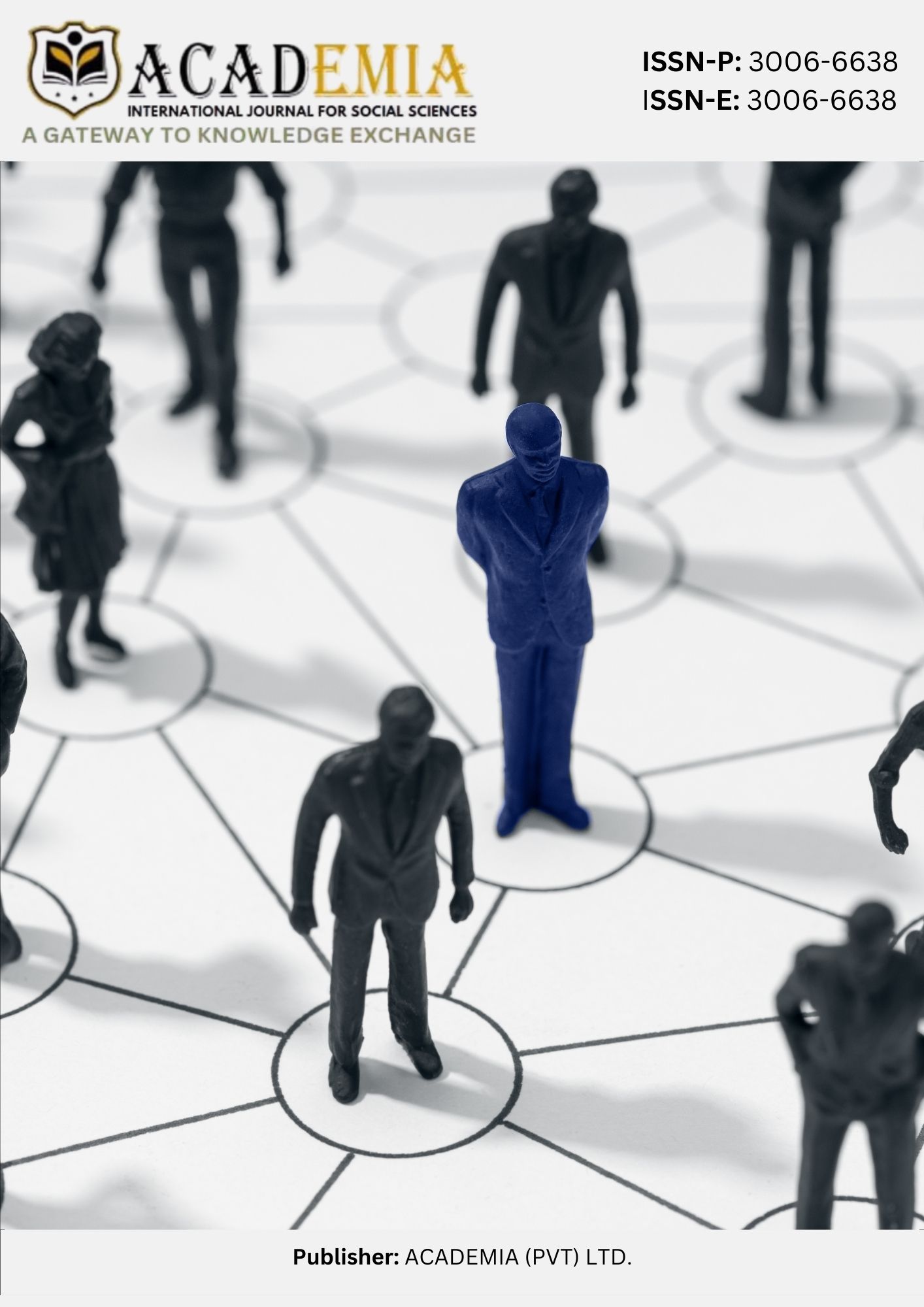Interpreting Trauma and Technology: A Saussurean Analysis of Dr. Rahat Naveed Masud paintings “ Strange Fruit” and “Youth, Beauty and Dreams”
DOI:
https://doi.org/10.63056/ACAD.004.03.0426Keywords:
Semiotics, Visual Culture, Pakistani Art, Psychological modernityAbstract
Dr. Rahat Naveed Masud's paintings resonate deeply with Pakistan's changing cultural context in terms of themes of loss, identity, and contemporary disconnection. Although her visual narratives have gained attention for their emotional impact, there is a gap in the extant academic literature in applying formal semiotic theory to interpret her symbolism. In this research, Ferdinand de Saussure's dyadic semiotic model that consists of the signifier and signified is employed as the theoretical framework to critically examine two of Masud's groundbreaking paintings: Strange Fruit (2015) that commemorates the 2014 Army Public School terrorist attack, and Youth, Beauty and Dreams (2022) that denounces digital selfhood. Following a qualitative, descriptive approach, the research includes close visual examination, theoretical mapping, and contextual correlation. Major findings indicate that Masud's visual signs i.e., Islamic geometric motifs, white kafan-like clothes, maternal loss, national trauma, smart phones, digital isolation and gold leaf act as signifiers of consumer aesthetic not as sacred symbol, The research concludes that her art serves as a layered semiotic text that balances cultural tradition with psychological modernity. The semiotic perspective illustrates how visual signs are used to create complex emotional and social meaning in Pakistani contemporary art.
Downloads
Published
Issue
Section
License
Copyright (c) 2025 Asna Habib, Dr. Umer Hameed (Author)

This work is licensed under a Creative Commons Attribution 4.0 International License.












